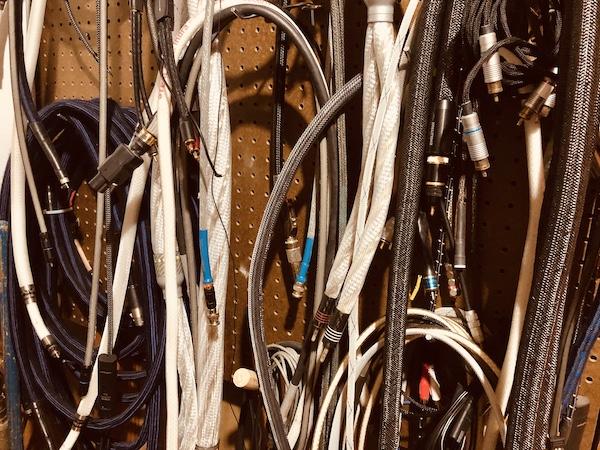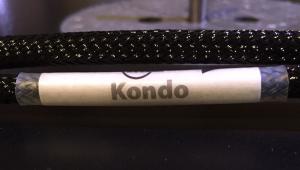These are all at such different levels. How did you go about this test? Just changing a cable wouldn't cause any significant volume difference.
Lots keep Clip 3 at its original volume.
Clip 1 needs to be turned Down 3.1dB
Clip 2 needs to be turned UP 2.6 dB
Clip 4 needs to be turned UP 1.9 dB
Then, there are balance differences. Clips 1, 2, and 3 are 2dB too have in the left channel. Clip 4 is 1dB too heavy in the left channel.
BUT WAIT... THERE'S EVEN MORE!!!
Clips 3 & 4 have the channels reversed.
Anyone taking this listening challenge and not noting these HUGE inconsistencies may not have the listening skills needed to identify such minute differences that a few centimeters of cable *might* make.
I find it deadly ironic someone who reviews audio devices for a living be so incapable of making a proper, consistent listening test.




























































